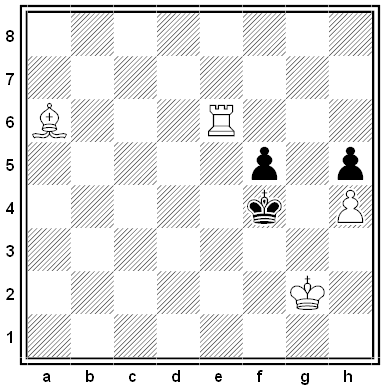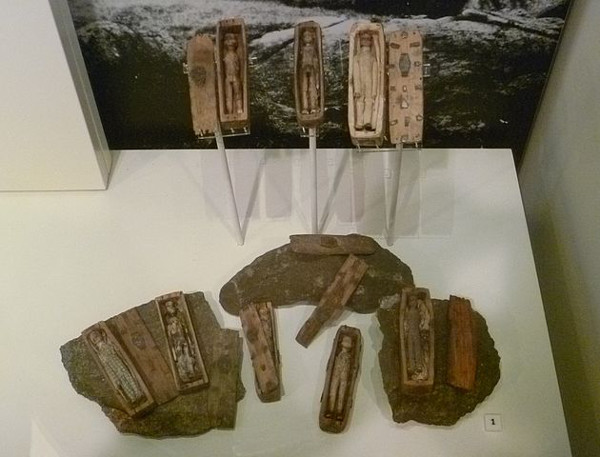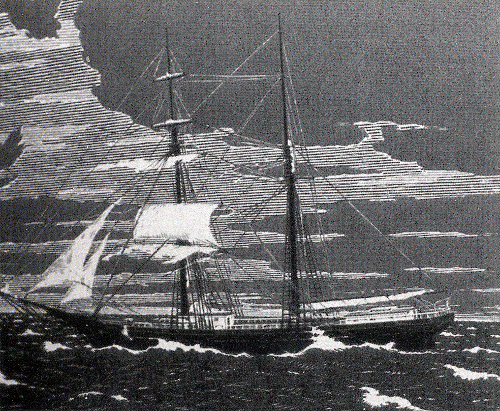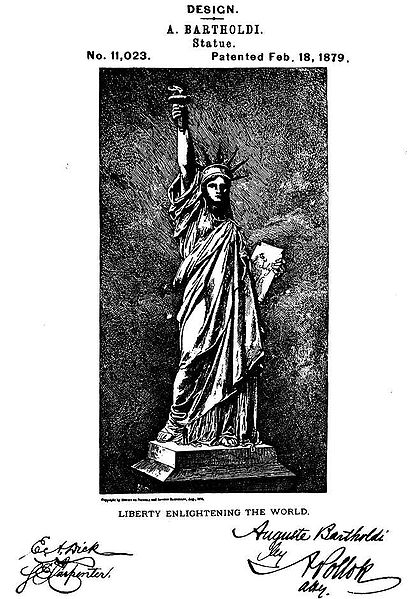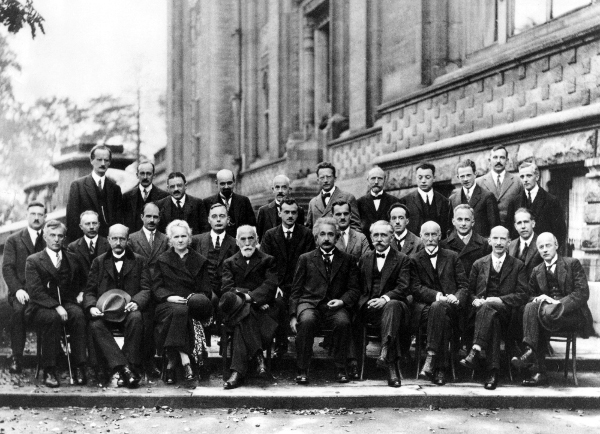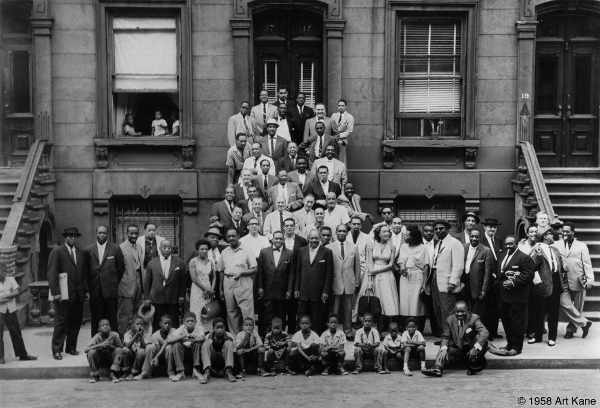Metaphors for life:
“A theater in which the worst people often have the best seats.” — Aristonymus
“A hospital in which every patient is possessed by the desire to change his bed.” — Charles Baudelaire
“A maze in which we take the wrong turning before we have learned to walk.” — Cyril Connolly
“A garish, unrestful hotel.” — Joseph Conrad
“Like eating artichokes — you’ve got to go through so much to get so little.” — Tad Dorgan
“For most men … a search for the proper manila envelope in which to get themselves filed.” — Clifton Fadiman
“A library owned by an author. In it are a few books which he wrote himself, but most of them were written for him.” — Harry Emerson Fosdick
“An onion, and one peels it crying.” — French proverb
“The only riddle that we shrink from giving up.” — W.S. Gilbert
“Life is something like this trumpet. If you don’t put anything in it, you don’t get anything out.” — W.C. Handy
“A succession of frontispieces. The way to be satisfied is never to look back.” — William Hazlitt
“A long headache in a noisy street.” — John Masefield
“A foreign language: all men mispronounce it.” — Christopher Morley
“A party: one arrives long after it’s started, and one’s going to leave long before it’s over.” — Robert Morley

